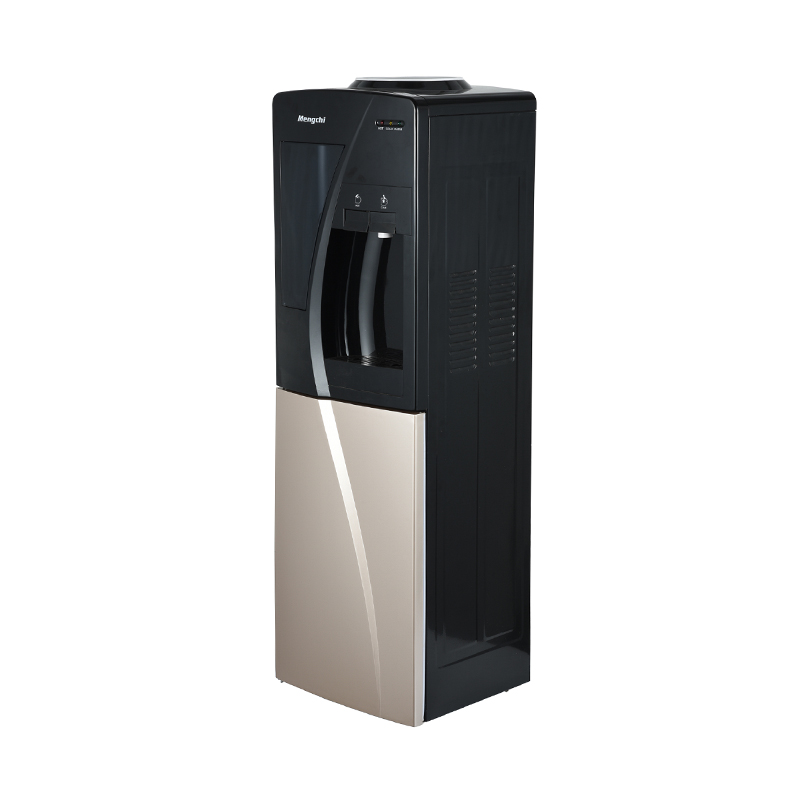In the humidity control industry, dehumidifiers are widely used in many fields such as homes, office environments, and storage facilities as a core device. By effectively reducing air humidity, they create a more comfortable and healthy living and working environment for users. However, the dehumidification efficiency of a dehumidifier is not fixed, but is affected by many factors, among which temperature changes are particularly important.
Relationship between temperature and dehumidification efficiency
Temperature is one of the key factors affecting the dehumidification efficiency of a dehumidifier. During the dehumidification process, the content of water vapor in the air is closely related to temperature. Generally speaking, when the temperature rises, the water vapor content in the air also increases, which means that the amount of water vapor that the dehumidifier needs to handle increases, which in turn increases the workload of the equipment and reduces the dehumidification efficiency. Relatively speaking, when the temperature decreases, the water vapor content in the air decreases, the burden of the dehumidifier is reduced, and the dehumidification efficiency increases.
Effect of temperature on the internal mechanism of a dehumidifier
The interior of a dehumidifier is usually composed of multiple components such as a refrigeration system, a fan, and a heat exchanger. The operating efficiency of these components is also affected by temperature. For example, when the compressor and condenser in the refrigeration system are running under high temperature conditions, the heat dissipation effect may decrease, resulting in a decrease in refrigeration capacity. This directly affects the dehumidifier's ability to condense water vapor in the air into water droplets, reducing the overall dehumidification efficiency.
In addition, too low a temperature may cause frost inside the dehumidifier. When water vapor in the air comes into contact with the cold surface inside the dehumidifier, the water vapor condenses into water droplets, but at extremely low temperatures, these water droplets may quickly freeze into ice. Frosting not only reduces dehumidification efficiency, but may also cause blockage inside the equipment and even mechanical damage.
Suitable temperature range
In order to ensure the optimal working efficiency of the dehumidifier, it is crucial to maintain a suitable temperature range. Normally, ordinary dehumidifiers can operate normally within a temperature range of 5-38℃. However, the best dehumidification efficiency usually occurs in a temperature range of 15-35℃. Within this range, the dehumidifier's refrigeration system can operate efficiently, effectively condense water vapor in the air into water droplets, and discharge them smoothly through the drainage system. At the same time, this temperature range can also effectively avoid the occurrence of internal frost.
Strategies to improve dehumidification efficiency
On the premise of ensuring that the temperature is within the appropriate range, there are many strategies that can be adopted to further improve the dehumidification efficiency:
Regular maintenance: Clean the filter and water tank of the dehumidifier regularly to keep the equipment in normal operation and ensure its efficient operation.
Enhance ventilation: Increase ventilation by opening windows or using fans, promote air flow, increase the contact area between the dehumidifier and the air, and thus improve dehumidification efficiency.
Reduce moisture sources: Repair leaking water pipes in time, manage the moisture of plants and aquariums at home reasonably, reduce moisture sources, thereby reducing the burden on the dehumidifier and improving the dehumidification effect.











